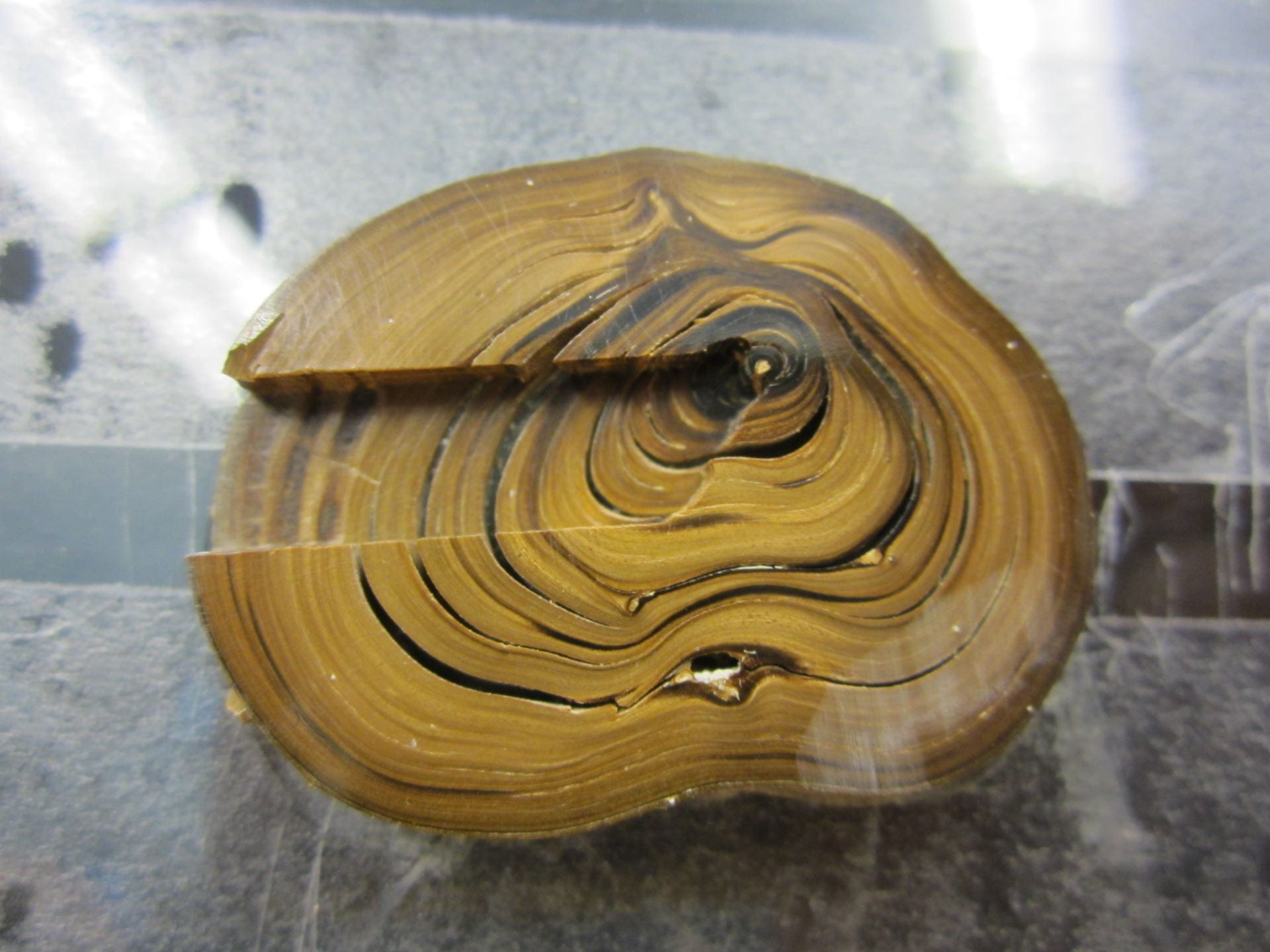
Transformation and fate of marine dissolved organic matter
Ocean dissolved organic matter (DOM) is one of the largest active carbon reservoirs on Earth, yet understanding its composition and cycling remains a key challenge in marine chemistry. Devising new approaches to unravel the biogeochemical cycling of DOM has been a central focus of the McCarthy lab, in particular understanding sources, organic structures, and molecular transformations which account for the enormous, very old pool, of organic carbon in the deep sea. In recent years, the lab has focused in particular on dissolved organic nitrogen (DON), an extremely poorly understood component of the ocean’s nitrogen cycle. Major new work in this area has defined key new paradigms that frame our understanding of overall DOM and DON cycling, as well as new methods and conceptual approaches that have the potential to crack some of the most intractable problems.

Deep Sea Corals
Deep-sea corals occur in all the world’s oceans at depths ranging from 0 to >6000 m and can live for hundreds to thousands of years, growing slowly while feeding on organic matter that rains down from the upper levels of the ocean. Some deep-sea corals possess a skeleton that is completely or partially composed of a hard, horny protein (called gorgonin) that incorporates chemical signatures from their food sources. Changes in the chemical composition of their growth layers reflect changes in the organisms that were living in the surface waters at the time each layer formed. As such, these corals act as “living sediment traps”, capturing a record of past ocean conditions and environmental change.
Measurement of the stable isotopes of nitrogen and carbon/link to CSIA
Corals provide a level of time detail, or resolution, that is not possible with sediment cores. Recent millenia
Recent implementation of compound-specific stable isotopes of amino acids (CSI-AA) to proteinaceous deep-sea corals opens a new realm of high‑resolution paleoreconstructions of biogeochemical and ecological changes in the ocean.

Gold coral (Kulamanamana) forms branching structures with heights of several meters and grows radially, accumulating layers like tree rings. Carbon dating and the measurement of nitrogen isotopes in the proteins of this extremely slow growing coral allowed reconstruction of conditions in the North Pacific Subtropical Gyre over the last thousand years, indicating a major ecosystem shift.
Bamboo (Acanella, Isidella, Keratoisis)—picture of coral, next to it brief words mentioning recent work in Monterey/CA coast, a major conclusion or question to be answered

Sediments
Sediments are one of the most important frontiers for the use of CSIA-AA paleoproxies to reconstruct paleo-ocean N and C cycles. While coral samples provide very high time resolution, they are also inherently temporally limited (back to ~Holocene). Sediments can extend the record much further back in time. However, sediments are complex, heterogeneous and often diagenetically altered mixtures, and are subject to microbial input of new proteinaceous material. Projects in the McCarthy lab have successfully layed the groundwork for a new set of N proxies, as well for new tools to understand diagenesis and preservation of sedimentary organic nitrogen.
Need some words here that make it clearer to the layman what the heck proxies are good for/what the overall point of this is…
What does Beryl’s project currently hope to achieve? A sentence here about this current aspect of sed work, e.g. application of proxies to…?
Get sediment core photo from Beryl? She did not send but says she has a pic

Archeological mussel work
Ask NLV for some info/pics on this
Isoscapes
Isotope spatial gradients, or Isoscapes, are maps of systematic isotope variation and provide important biogeochemical information. Isoscapes are becoming increasingly important tools to characterize major biogeochemical zones and gradients in the ocean. Isoscapes of nitrogen (N) stable isotope values (d15N) can be particularly informative, because such measurements have the potential to identify major ocean transitions between eutrophic/mesotrophic and oligotrophic regions, the balance of fundamental N cycle processes (e.g., N fixation vs. denitrification), and also basic ecological and food web relationships across major habitat zones. Detailed isoscapes can ultimately provide a link between biogeochemical process and larger food webs, a key for understanding marine ecosystems. This is especially critical at a time when both natural and anthropogenic perturbations may be rapidly shifting fundamental biogeochemical processes, and potentially entire food web structures.
The California mussel (Mytilus californianus) is a sessile resident of intertidal zones, which continuously filters particulate organic matter (POM). As such, mussels correspond closely to an ideal ‘‘baseline indicator’’ organism (i.e., a long-lived primary consumer). Because of their sessile nature, cosmopolitan distribution, and continuous integration of water column food sources, mussels have major advantages as a potential basis for constructing coastal isoscapes.
Pic(s) of mussels and/or NLV collecting them; some kind of isoscape map from mussel paper?
